What's the Difference Between Large and Small Nonprofits? Look at the numbers.
I find it fascinating when both insiders and those on the outside of nonprofit work ask me about the differences between large and small nonprofits. While there are similarities in general principles, the obvious differences are staggering. But what about outcomes---is there a difference there?
In a new study by the Urban Institute looking at donations in 2020, smaller nonprofits were exponentially worse off than mid-level or larger nonprofit organizations. Organizations with less than $1 million in revenue saw a 35% or greater drop in donations. The largest nonprofits, over $10 million as categorized by the study, only saw a 15% drop.
Here’s what I know about smaller nonprofits. They have less staff and are less specialized. They are pulled in a million different directions every day and staff members wear a different “hat” not only in their job but almost hour to hour. And in doing so, they have less time to concentrate on one specific area.
One of the great lessons the pandemic taught everyone in the nonprofit world is that the depth of your individual relationships with donors, whether as a person, a company, or a foundation, is the essential element in maintaining their support. Even in foundations and corporations, it’s the individual who is making the decisions—not the corporate name. Larger organizations have gift officers, at all kinds of levels, spending a majority, if not nearly 90%, of their time dedicated to those relationship-building opportunities. They have time to make extra calls and check-in, or time to create some fun but unique stewardship opportunities to show impact, or just time to think about their most loyal donors. In fact, these specialists are told to focus only on these aspects. As a result, they deliver better outcomes, which contributes to the bottom line because they’re given the time and resources to do so.
I have learned an overreaching golden principle as a consultant -- as long as everything runs smoothly, there’s very little need to change for most people. Change occurs when there is disappointment, consternation, or a sense of being uncomfortable. That’s human nature. How will a smaller nonprofit survive? Will they seek funding to add the person or two, with time, to invest in those individual relationship-building activities? Will they leverage their board and volunteers to help build a deeper relationship with donors? Will they try to attract some unrestricted dollars to have the resources to invest in that deadly term “overhead?”
I’m not quite sure I know every answer on this particular challenge, but I do know this… Smaller nonprofits can’t keep doing business the way they used to.


